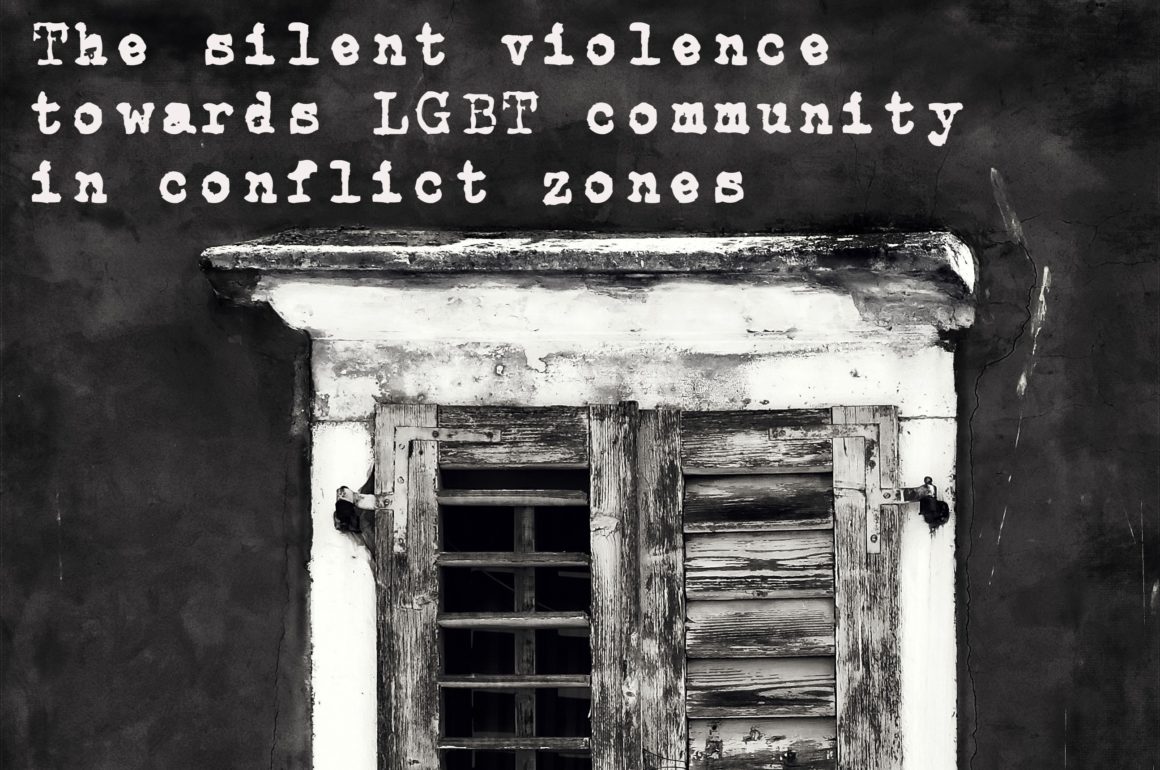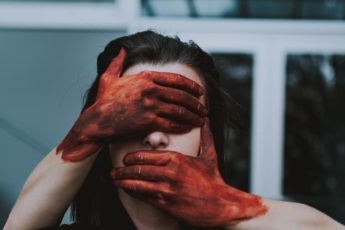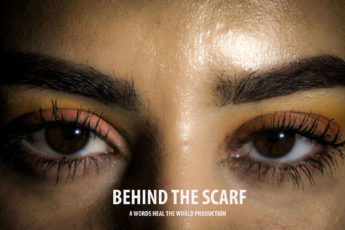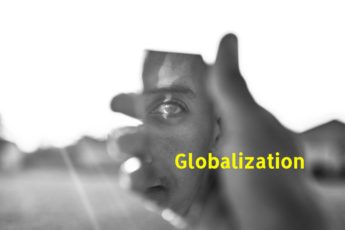
In recent years, despite the massive media coverage about armed conflicts, little attention has been given to the effects of such conflicts on LGBT people. In peacetime, the LGBT community suffers prejudice and aggression and in violent circumstances, they tend to become even more vulnerable. Written by Alon Margalit, the article “Still a blind spot: The protection of LGBT persons during armed conflict and other situations of violence” sheds some light on this issue. The study was published last year by Cambridge University Press.
According to Margalit, the most common practices against LGBTs during armed conflict are persecution, sexual violence, physical aggression, harassment, and execution. These practices have been observed in various places such as Syria, Iraq, and areas controlled by groups such as Daesh and Jabhat Fateh al-Sham. Suggesting that violence against LGBT people in the context of violent extremism is used deployed as a tactic of terror and control, a United Nations (UN) report was recently submitted to the UN Security Council to raise awareness on the topic.
As the study points out, detention is the primary place of vulnerability for LGBT people. Sexual violence is one of the most common acts in detention centers, including rape, sexual slavery, forced anal and vaginal examinations, and forced nudity. Besides, harassment and humiliation still occur. Abuses are committed by staff (guards, doctors, etc.) and fellow detainees. “Under international humanitarian law, all detainees, including LGBTs, are entitled to humane treatment and protection against torture and humiliating or degrading treatment, including sexual violence and unnecessary medical procedures that are not justified by the detainee’s medical condition” informs the article.
Another problem, mentioned by the author, is related to reports of abuse suffered during detention. These detainees have the right to talk about their conditions to detaining authorities. However, the fear of being stigmatized, intimidated or abused by employees or other detainees prevents them from formalizing the complaint and even disclosing their sexual orientation or gender identity.
The key measure to protect LGBT people from vulnerability is to train and instruct detention center staff. Empowerment makes agents more aware of LGBT detainees’ needs and anguish, helping to improve interaction within centers by preventing abuse. Training should be conducted during peacetime, anticipating the possibility of dealing with LGBT detainees.
Moreover, those involved in conflicts must respect and ensure the application of international humanitarian law, which prohibits the distinction between persons. Ensuring greater protection against serious violations, often committed against LGBT persons, which go unpunished and are carried out even with the endorsement of government authorities. “Efforts to better protect LGBT people involve a delicate and arduous process, as negative feelings against the LGBT community are deeply rooted in national beliefs, practices, and laws” says Margalit.
For more information, access: https://www.cambridge.org/core/journals/international-review-of-the-red-cross/article/still-a-blind-spot-the-protection-of-lgbt-persons-during-armed-conflict-and-other-situations-of-violence/0C9FC5D1F2AFBED6186AC2D1AA8829E1#
MARGALIT, Alon. Still a blind spot: The protection of LGBT persons during armed conflict and other situations of violence. Cambridge University Press, May 3, 2019.
By Thiago G. (UFRJ / Brazil)




